It may be the face of Tom Cruise – better known as Maverick – that you think of when you hear the words ‘Top Gun’ but the real story involves Banchory-born Commander Doug Macdonald, whose call sign was ‘Haggis.’
When Doug Macdonald was first introduced to Hollywood blockbuster Top Gun starring actors Tom Cruise and Val Kilmer, he recognised more than the aeroplanes and fighting tactics.
For the Royal Navy commander was one of the real instructors who taught elite American pilots – and in some of the movie’s characters he also recognised himself.
We look back on the life of the 81-year-old who started life in the Banchory Lodge Hotel and went on to be a Top Gun commander in the Navy’s Fleet Air Arm.
Boarding school to naval academy
James Douglas Ogilvie Macdonald – always known as Douglas or Doug – was born on Jun, 1, 1941. His father was Ronald Ogilvie Macdonald, and mother was Ann (nee Page) – who owned the Banchory Lodge Hotel.
The family also had the Learney Arms, Torphins, and later the White Cottage tearoom in Aboyne, as part of their portfolio.
Douglas had three siblings, Ruth, Gavin and Elizabeth and he attended Lathallan School – although he never liked boarding.
From there he studied at Robert Gordon’s School in Aberdeen. Very fit and sporty it was no real surprise that he pursued a career in the armed forces.
Fleet Air Arm
From the north of Scotland Doug went to Dartmouth in September 1960 as a naval aviation cadet, the first step in joining the Fleet Air Arm (FAA) of the Royal Navy.
The FAA operates all the Royal Navy’s aircraft and roles range from humanitarian operations, through to securing the seas, fighting terrorism and landing troops onto hostile shores.
Fleet Air officers use technologically advanced aircraft and world-leading expertise to act as the spearhead of the entire Royal Navy.
From Dartmouth he then joined the Royal Navy Observer School in Malta, where he began his career as a naval observer.
A life in the navy meant moving around various bases. He was posted to aircraft carriers – including the HMS Eagle, HMS Centaur, and HMS Victorious – around the world.
While based in Yeovilton he met future wife Faith Hulse. Though they later divorced, from that relationship the couple had two children, Victoria and Duncan, five grandchildren and two great-grandchildren.
Around the same time in Yeovil, Doug qualified as an air warfare instructor.
Top Gun
As an observer Doug’s place was in fighter jet planes. As such he had opportunity to participate in all facets of naval operations as “eyes of the fleet”.
He would return to Scotland when stationed at Lossiemouth and Leuchars – but it was during an exchange appointment with the US Navy in California when the stuff of legends – and Hollywood blockbusters – occurred.
In the 60s elite aviators from the Royal Navy’s Fleet Air Arm were dispatched to Miramar airbase in California. The Americans were reported to be losing in dogfights to Vietnamese MiG 21s, despite their multi-million dollar Phantoms.
Tuition was offered from the graduates of Lossiemouth’s Air Warfare Instructors (AWI) school – of which Doug was one.
Call sign: Haggis
Historian Rowland White said this move led to the Americans dominating the skies from there on in.
He is reported to have said that through the instructors on exchange at Miramar, the AWI’s methods made their way into perhaps the most well-known programme in naval aviation: Top Gun.
But while Kilmer was called Iceman and Cruise, Maverick, in the hit movie franchise, Doug opted for the decidedly more Scottish call sign Haggis.
In a newspaper reports in 2009 Doug said: “You could say the Royal Navy launched the career of Tom Cruise. I certainly recognised aspects of myself in the Tom Cruise role and in the other pilots in the movie.
“The film-makers had really done their homework. I noticed a lot of the characteristics of our guys in all the roles.” He added that he felt it was down to the Brits that the movie could be made.
“The flying scenes in Top Gun were very well done. The Americans really did have call signs like Tom Cruise’s,” he said. “But the British lads had more of a sense of humour – my call sign was Haggis.”
Return to Britain
On returning from America, in 1985, Doug became Commander – which was the highest rank to which he could be promoted. He served in Portland, Cornwall and was in Weymouth around the same time as Prince Andrew.
Towards the end of his career he worked in the Ministry of Defence offices in London. He also supported the work of the Fleet Air Arm Officers Association, serving as a committee member from 1987-1996, and as administrative director from 1996-2008.
In 1989 he retired to Bath.
Captain Alex Morrice CBE said: “Douglas and I have been friends since we met at Robert Gordon’s in 1953.
“He was proud of his Scottish heritage, proud of our school and proud of his family. He was enthusiastic, loyal and staunch, never happier than when part of a team. No wonder he was such a success in the navy.
“But above all he was fun to be with. Time spent with Doug was always a pleasure.”
He is survived by his siblings Elizabeth and Gavin, his children, grandchildren, great-grandchildren and partner of many years Joy Berthoud.
“My brother was incredibly humble – it was me who would always tell people about Top Gun. He was actually very much looking forward to seeing the new movie but that wasn’t to be. However, I do feel it’s right that his story be told. Although he was my big brother he was also a very special man, who served our country,” said Elizabeth Coggin, Doug’s younger sister.
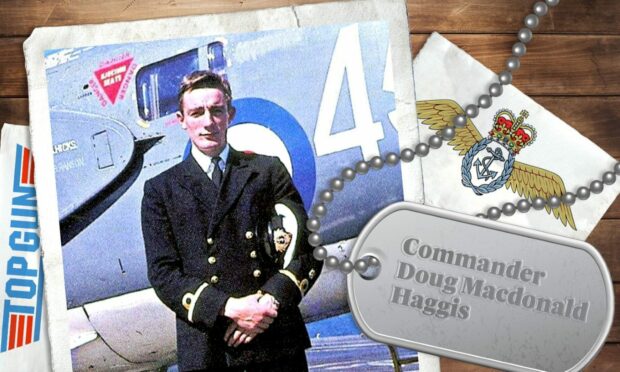
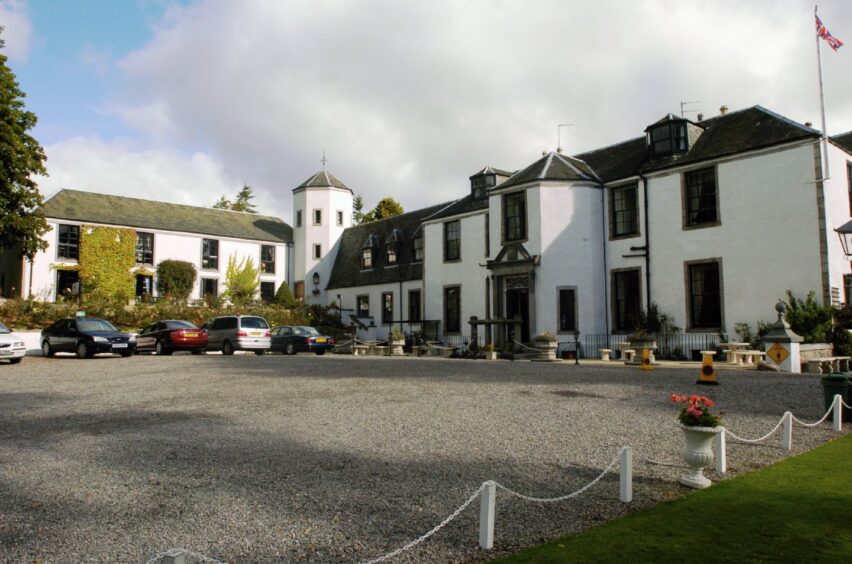


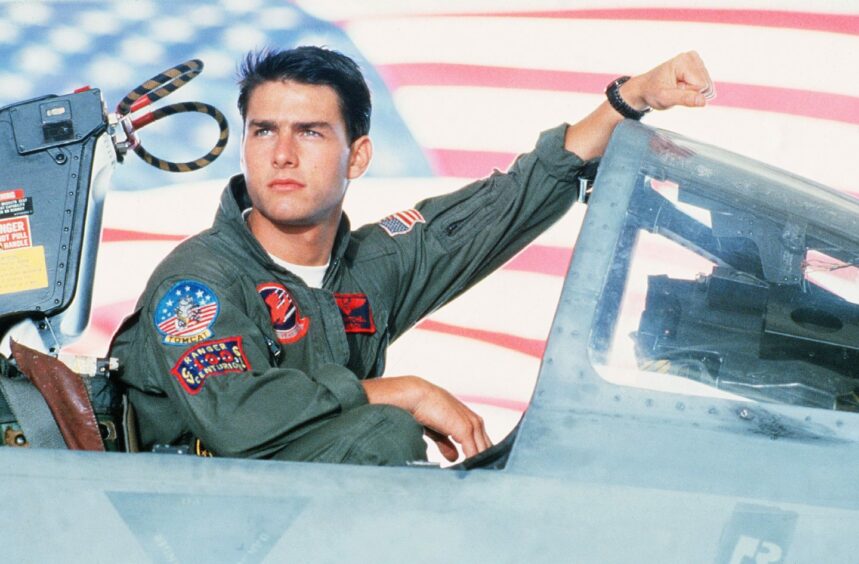
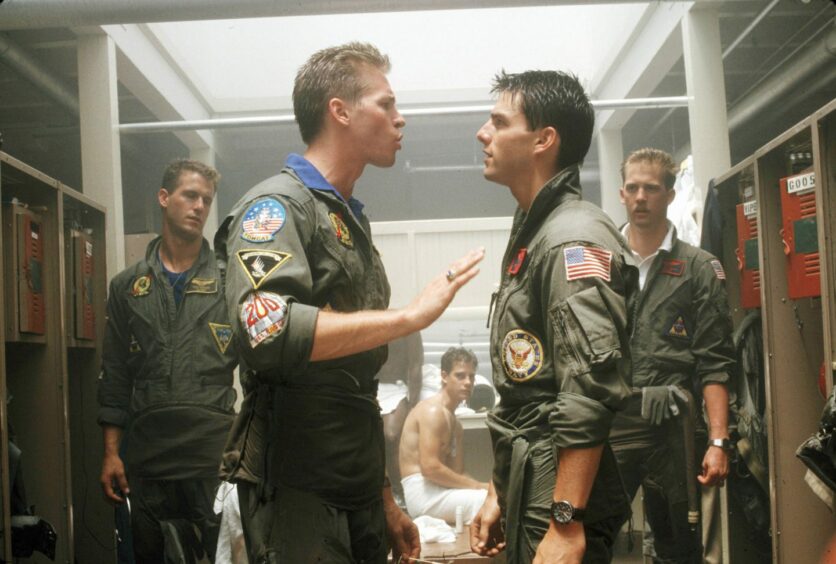
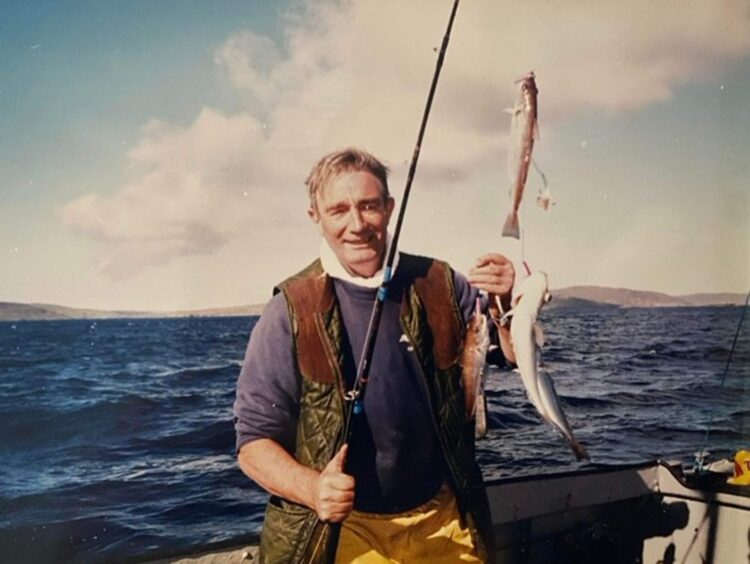
Conversation